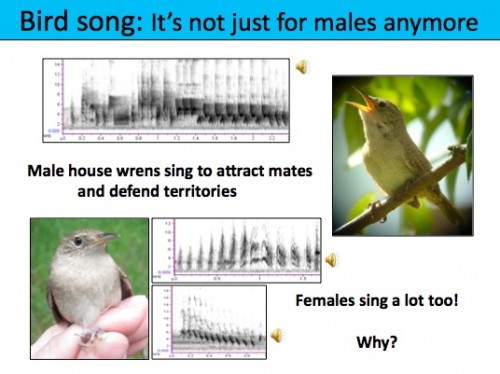Dec 192013
 Researchers often need to decide if the results they observe in an experiment are close enough to predicted theoretical results so that the tested hypothesis can be supported or rejected. For example, do a series of coin flips match what you’d expect to get by chance, or is their evidence the coin is unfair? Does the number of women interviewed for a job position match the proportion of women in the applicant pool, or is there evidence of bias? Does the number of white-eyed fruit fly offspring match the number expected if the white-eyed trait is recessive, or are white-eyes inherited in some other way?
Researchers often need to decide if the results they observe in an experiment are close enough to predicted theoretical results so that the tested hypothesis can be supported or rejected. For example, do a series of coin flips match what you’d expect to get by chance, or is their evidence the coin is unfair? Does the number of women interviewed for a job position match the proportion of women in the applicant pool, or is there evidence of bias? Does the number of white-eyed fruit fly offspring match the number expected if the white-eyed trait is recessive, or are white-eyes inherited in some other way?
In this lesson, students will able to:
- Decide when it is appropriate to use a chi-square goodness-of-fit test
- Use a chi-square test, interpret the results, and create evidence-based conclusions
- Use a chi-square test on real data collected from the house wren population at the Kellogg Biological Station
Resources:
- Lesson plan
- Introductory lesson handout for students
- Introductory lesson handout Teacher Copy
- Powerpoint
- Wren Song files (mp3): 27-female-song, 42-female-song, male song
- Wren worksheet for students
- Wren worksheet Teacher Copy
Lesson Plan created by GK-12 Fellow Cara Krieg, 2013
